Psychotherapies
Each person comes to psychotherapy consultations with different objectives, at some point in their psychological development, with certain types of personalities, and life stories. Our way of working consists of dedicating several initial evaluation sessions where we pay full attention to what each person is looking for and needs.
The tools we use to help you are psychoanalysis, systemic family therapy, body psychotherapies, especially dance therapy, stage experimentation psychotherapy, and meditation in movement. We firmly believe that progress is enhanced when mental and physical techniques are combined.
Psychoanalysis
The benefits of psychoanalysis are mainly self-knowledge and psychological growth, which in turn frees us from inhibitions and feelings of neurotic guilt, in order to live with a greater degree of freedom. It helps to recognize the root of annoying symptoms, such as depression and anxiety, opening the way for their healing. It helps us improve our interpersonal relationships, and improve our sexual life among other things. There are many theories of mind in psychoanalysis, I identify with the Relational and Intersubjective Model, although I also find value in some concepts of the classical models.
Sessions can be in person or online. Clinical research indicates that the effectiveness of psychotherapy is the same whether it is face-to-face, by video call or by phone.

Psychoanalysis is a psychotherapy technique that emerged in the 19th century created by Sigmund Freud. Throughout the last 100 years it has been enriched by the contributions of numerous psychoanalysts around the world.
It is based on a free dialogue that seeks to deepen the understanding of the unconscious contents that affect and determine our thoughts, beliefs, emotions and behaviors.
It is the only psychotherapy methodology that is based on the in-depth analysis of the co-transference, that is, on the relationship that is generated between the analysand (patient) and the psychoanalyst. This relationship is unique, it works like a laboratory where both members of the dyad work to understand what, how and why we need to give others a certain role, and at the same time it allows us to expand our consciousness, to understand the world otherwise.
I agree with the authors who consider the use of the couch to be in disuse. I have integrated the influence of body psychotherapies into my work as a psychoanalyst, which is why I ask my patients to enter the office barefoot. This small gesture mobilizes many characterological defenses in people, and places them in rootedness with the Earth.
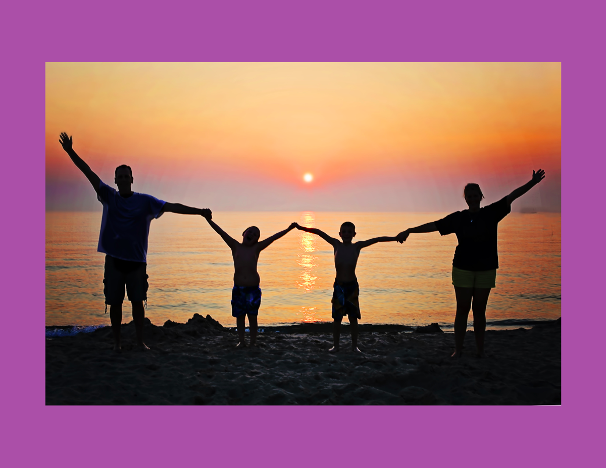
Psycho-Corporal Family Therapy
The Psycho-Corporal Family Therapy that I propose includes tools from psychoanalytic family therapy, various techniques of corporal psychotherapy, Systemic Family Therapy and Salvador Minuchin’s Structural Model.
This psychotherapy is only taught in person.
During each session, family members participate at times with verbal expression, through words and dialogue, and at other times non-verbal interaction exercises are proposed, through body language.
It is important to point out that the family is a referent of the utmost importance for the formation of the human being’s psyche. However, we cannot fall into simplifications by holding parents responsible for all the conflicts of their children. There are so many other variables that affect our mental development, such as social institutions among others.
Couple psychotherapy
The couple psychotherapy techniques that I use arise from contributions from psychoanalysis, systemic family therapy, the Salvador Minuchin Model, and various body psychotherapy techniques, especially dance therapy.
The psychotherapist does not make decisions for the couple, her role is to help them locate the origin of their problems, and to give them tools to achieve healthier communication for conflict resolution.
Sessions can be face-to-face or online.
Unfortunately, a large number of couples take many years to make the decision to seek help. They typically do until a threat of divorce arises. When love is over, there is not enough technique to reconnect.
It is important to note that couples who have already reached a certain limit of physical or psychological violence are not candidates for this type of psychotherapy. If you have doubts, you can schedule an appointment for valuation. If you are not a candidate for couples therapy, the indication could be individual therapy and in some cases, group therapy.

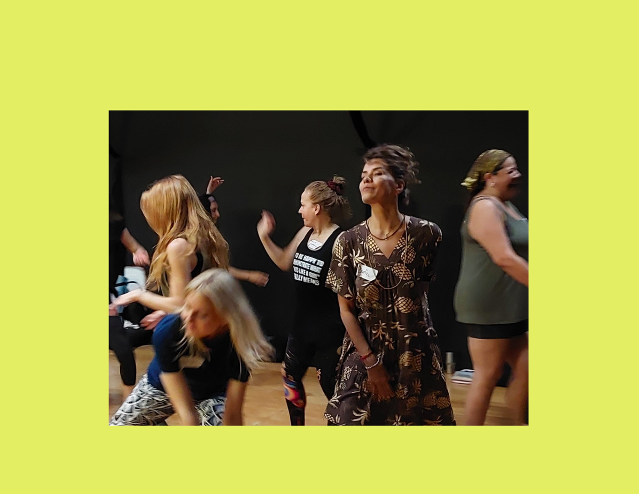
Dance therapy
Dance Therapy is a type of body psychotherapy that helps us to recover our vitality, to feel well-being, and to improve our physical, psychological, energetic and spiritual health. Some psychological conflicts can be removed only through bodily movement, and not through words.
This tool can be used in an individual psychotherapy format, for couples or families, and for small, large groups or for a mass audience. For children, adolescents, adults and seniors. In person and online.
The group therapy dance session works only with body movement, there is no verbal dialogue. It consists of each participant being able little by little to explore her personal and authentic movements, leaving aside any type of self-censorship. Have an open attitude to listening to your own body and emotions, and at times seeking to connect with the group.
The music that is used is very varied, it is carefully chosen to generate an atmosphere that helps to enter expanded states of consciousness.
It is not about dance classes, here we consider that we all know how to dance and we are all creative beings. Nor is it about performing a specific style of dance, but about finding your own.
No dance experience is required.
Over time, various methodological proposals for dance therapy have emerged, some arise from contemporary dance teachers, without training in Psychotherapy, and others arise from the field of body psychotherapies, without training in contemporary dance. In my case I have both experiences and I propose my original technique.
Stage Experimentation Psychotherapy
It is a group psychotherapy (only in face-to-face mode) with a maximum of 15 participants, with one or two weekly sequences and a session lasting 90 minutes. The members freely participate with their verbal, corporal, dance, vocal, musical and theatrical narration. It is offered for groups of children, adolescents or adults.
In each session, the participants freely express themselves verbally, promoting a respectful and empathetic dialogue about each other’s conflicts. Subsequently, the therapist proposes certain dynamics to work on, either through free dance, theatrical staging games, the writing of a short script, the staging of the script, the musical composition and/or a performance, and its subsequent psychological understanding.
The operational conceptual framework to understand the therapeutic phenomena that arise is through psychoanalysis, systemic family therapy, and humanistic psycho-corporal therapies.
It is based on the thesis that the arts in general, and the performing arts in particular, serve as bridges to connect the MIND, BODY AND SOUL. I also believe that co-creation generates positive mental, emotional, physical and energetic changes.
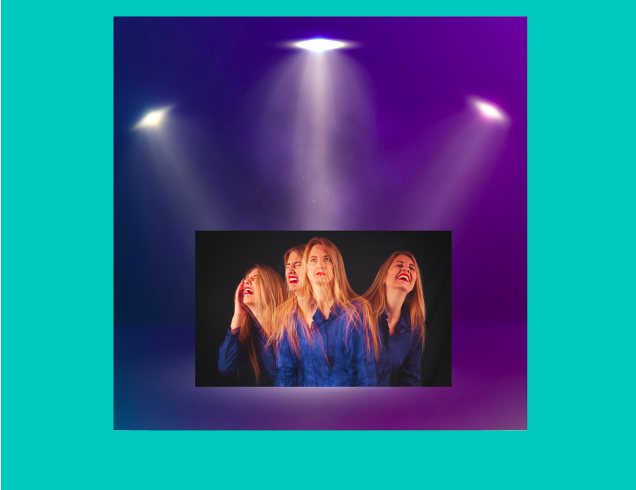
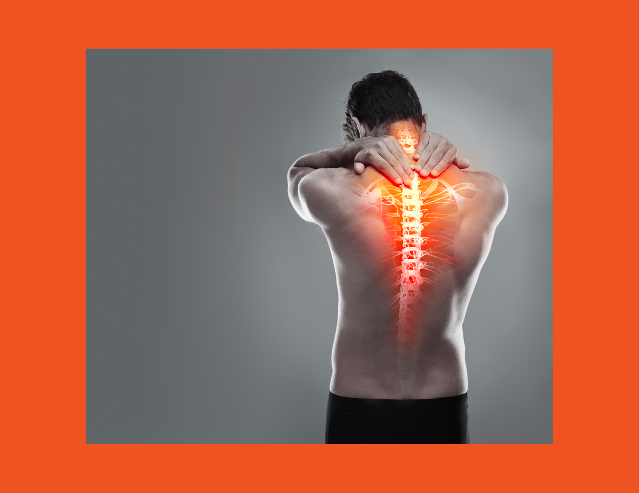
Psychotherapy for chronic pain management
It is a type of group psychotherapy (only in face-to-face mode) aimed at people (adolescents and adults) who suffer from chronic pain due to illness or accidents. We work for the improvement of physical well-being through psycho-corporal techniques of soft and appropriate exercises for each participant, verbal expression through dialogue, to identify the psychological correlate of physical symptoms and we also share psycho-educational information about healthy lifestyles.
The sessions are weekly for 90 minutes in small groups (maximum 8 people).
Psycho- Choreography
It is a method that I propose for the choreographic creation with contemporary language, aimed at professional and/or amateur dancers.
From the exploration of the deep psychological content of each participant, the co-creation of an artistic dance product is taking shape.
The purpose is both psychotherapeutic and artistic.
It is proposed to conclude with the presentation of the choreography created in a group way to complete the dialectical circle of art, and expose itself to the public as a representative of the Other.
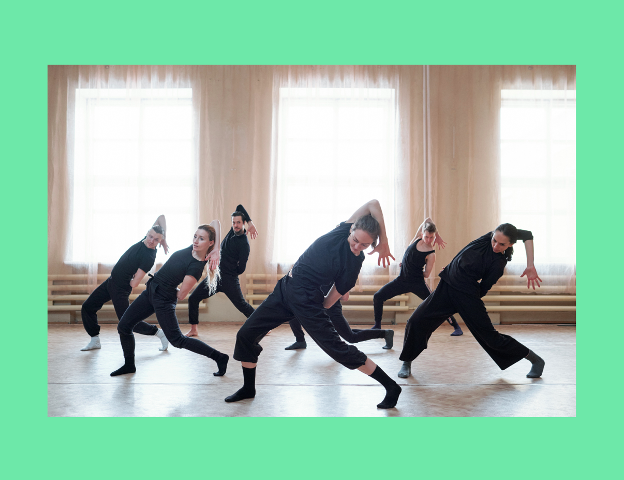

Child and adolescent psychotherapy
Child psychotherapy offers a space so that children and adolescents can be accompanied when they experience an event that compromises their emotional or psychological stability, such as family separation, processes of loss and grief, bullying, traumas or conflicts that lead to experience episodes of anxiety, depression or other symptoms.
It is also the space for the little ones to preventively develop emotional resources that expand their psychological development processes. Each stage of development will bring with it the challenges of age, so the strategies to work on will be oriented towards the needs of each individual. Furthermore, in child and adolescent psychotherapy, the main caregivers are an important part of the process, so working with adults close to the minor is essential for therapeutic success and recovering family well-being.

